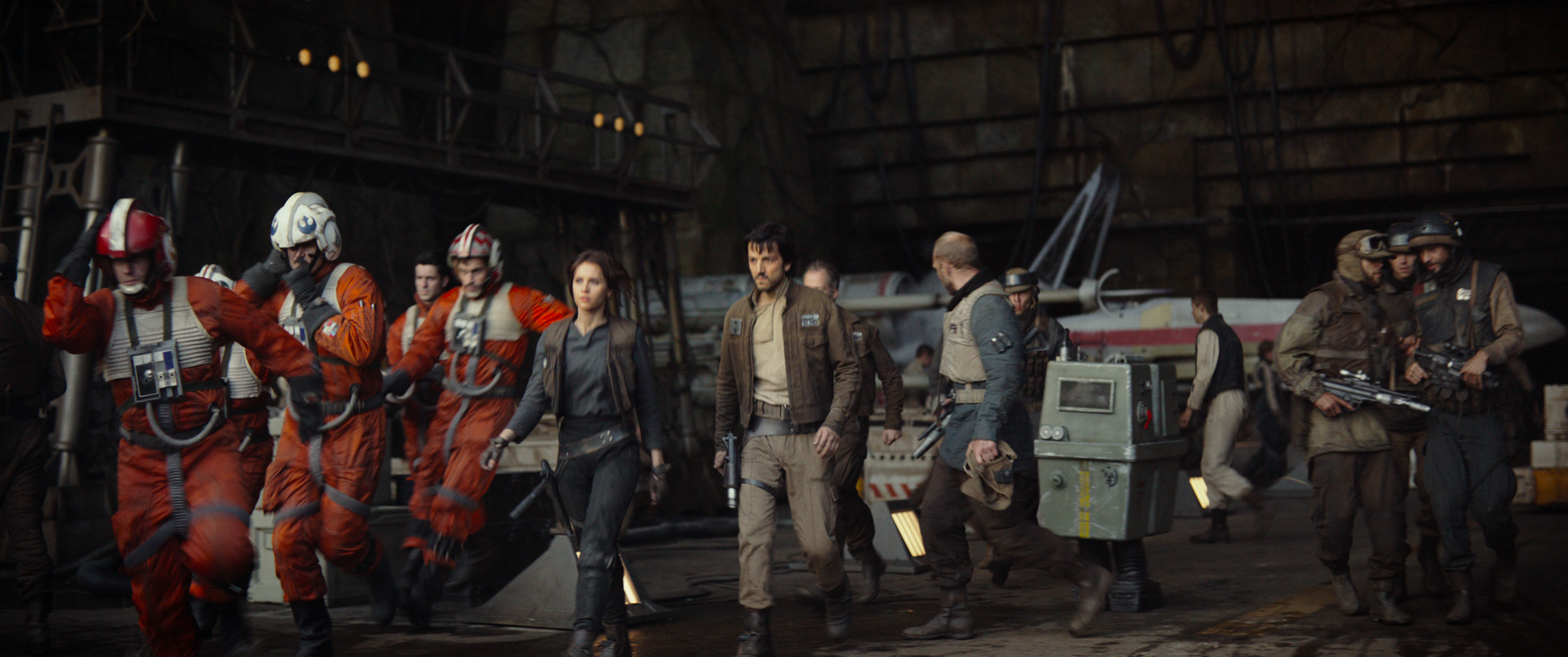The Force is strong with the first Star Wars stand-alone story.
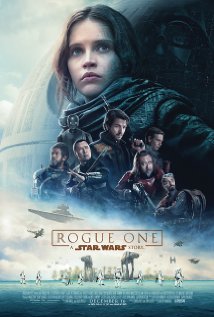 DIRECTED BY GARETH EDWARDS/2016
DIRECTED BY GARETH EDWARDS/2016
If J.J. Abram’s Star Wars: The Force Awakens (or Episode VII) brought back the nostalgia of the original Star Wars trilogy, then Rogue One blazes the path to where Disney can take this universe for the future. Like Abram’s film, Rogue One is able to get a lot of milage out of calling back to the original trilogy for inspiration, and showing the way forward. The Force Awakens largely used a recycled Episode IV plot, but was able to bring back the beloved original cast, infusing them with Rey, Finn, Poe, and BB8 – a new generation of heroes for kids of all ages. Going back to practical effects and designs had a lot to do with the feel of that film and why those of us who were just kids ourselves when we first met Luke, Leia, and Han Solo, enjoyed it so much….that and the largely disappointing prequels making anything else look good by comparison. So, with The Force Awakens, a new trilogy was launched that will continue next December, in 2017.
In the meantime, Kathleen Kennedy, the head of LucasFilm following its purchase by Disney, announced a series of stand-alone films that would exist in the Star Wars universe and that would be able to expand it outside the narrative that has existed in what is now called the “Star Wars Saga”. These would be stories that could stand on their own two feet and don’t necessarily have the pressure of producing sequels. There is already plans in the works for a Han Solo origin story, and talk of a Boba Fett story, and even Ewan McGregor is making a case for doing a series of Obi Won Kenobi stories.
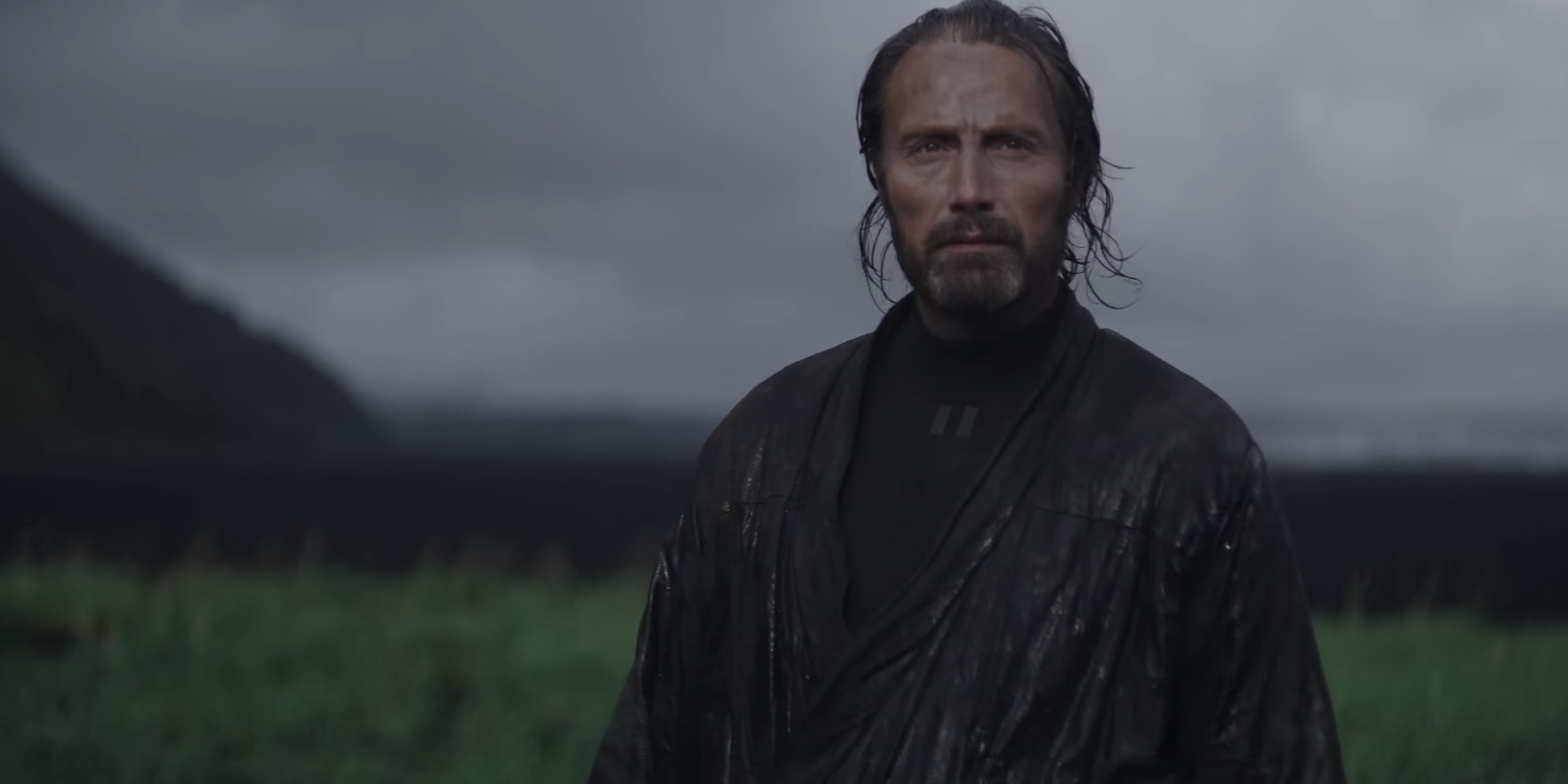
The first film to be its own stand alone episode, however, hearkens back to the opening crawl of the original Star Wars: A New Hope. It read: “It is a period of civil war. Rebel spaceships, striking from a hidden base, have won their first victory against the evil Galactic Empire. During the battle, Rebel spies managed to steal secret plans to the Empire’s ultimate weapon, the DEATH STAR, an armored space station with enough power to destroy an entire planet.” It is these three sentences that kicked off the entire Star Wars universe back in 1977, and that serve as the plot of Rogue One: A Star Wars Story.
Just to come out and say it, Rogue One: A Star Wars Story is the best Star Wars film since The Empire Strikes Back.
Jyn Erso (Felicity Jones) has grown up an orphan, having been raised by the radical militant rebel Saw Gerrera (Forest Whitaker) following her mother’s death, and her father’s forced captivity by the Empire. Her father, Galen Erso (Mads Mikkelsen) is a scientist who has been helping the Empire to build the famed Death Star. While the rebellion sees him as a traitor, Jyn remembers his promise that everything he did, he does it for her. Now an outlaw herself, and assigned to an Empire-run forced labor camp, Jyn is freed by the rebellion who wish her to find Saw Gerrera and convince him to help them get to Jyn’s father to try and stop the Empire’s weapon before they are crushed.
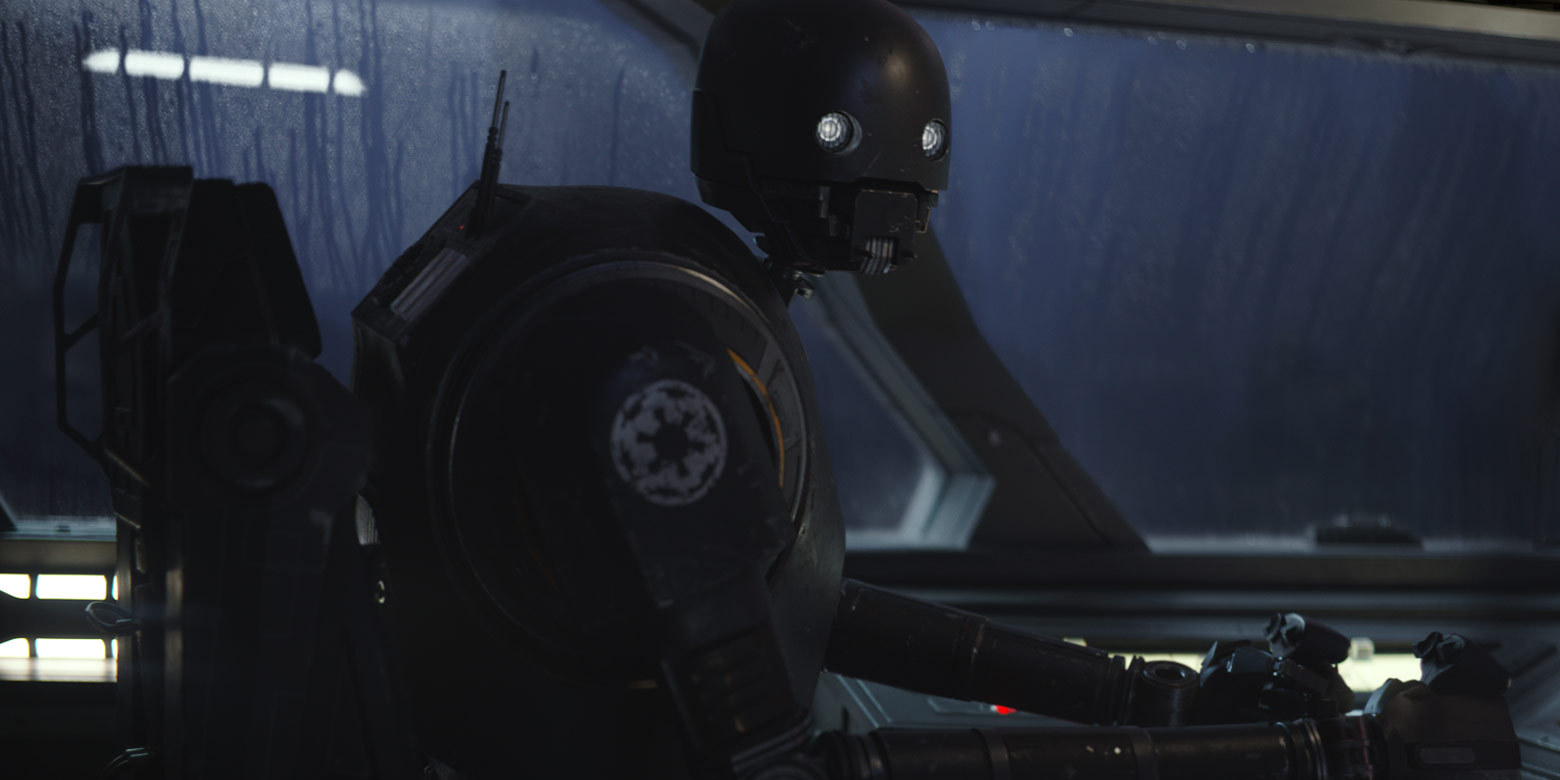
Gareth Edwards, like J.J. Abrams, is a massive Star Wars fan, and following his reboot of Godzilla, took on this enormous project. With a frantic call for last minute script re-writes and scene re-shoots, the rumor was that Disney was not pleased with what had been produced. Immediately, naysayers began to evoke last year’s Fantastic Four fiasco where director Josh Trank was effectively locked out of the editing room with the studio assembling a completely different film than what the director envisioned. Fortunately, the final product of this Star Wars story is much more positive than the fate of Fantastic Four.
Rogue One: A Star Wars Story has done its job well. It has provided us a wholly self-contained story that exists in the Star Wars universe, that also serves the larger narrative of the “Saga”, and that blazes a trail forward for future films to follow while not losing any of the wonderful nostalgia and feel that The Force Awakens brought back.
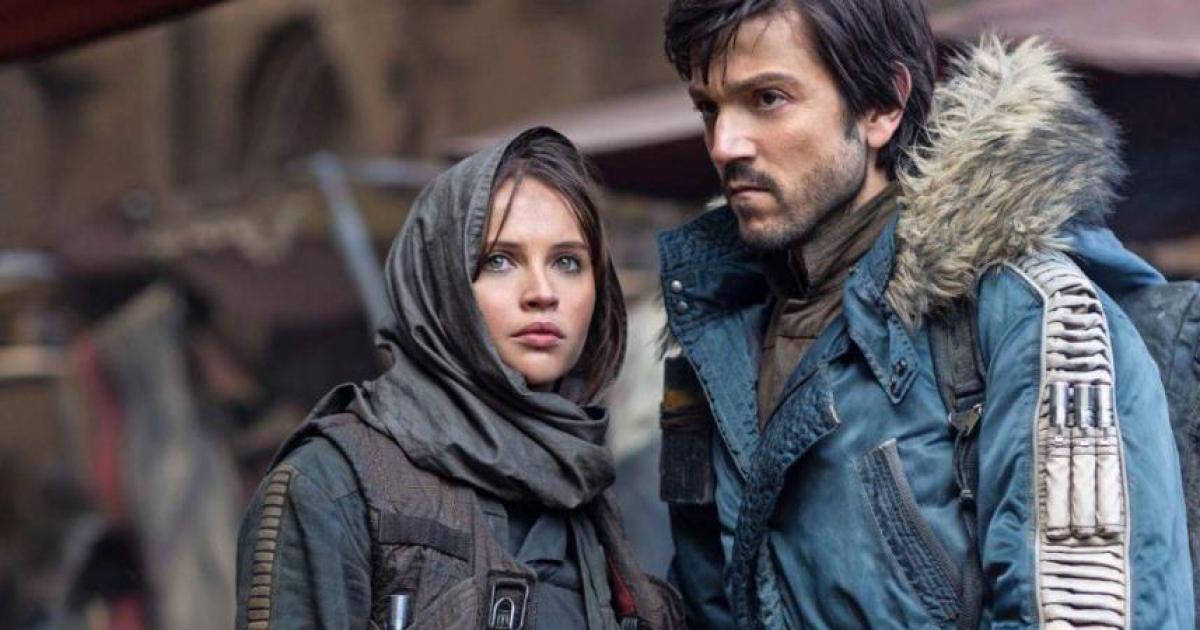
Just to come out and say it, Rogue One: A Star Wars Story is the best Star Wars film since The Empire Strikes Back. Even though nearly every character is new to the audience (save for some nice scenes with a few characters audiences will recognize but whom I will avoid spoiling their involvement), it will resonate with fans of Star Wars as it settles itself right in the moments just before Episode IV. From the classic X-Wing Fighters, to the rebel base of Yavin IV, Star Wars fans will know right where they are, and where all of this ultimately leads.
Ben Mendelsohn, as Empire commander Orson Krennic, establishes himself immediately as a loathsome character and antagonist to Jyn Erso, while at the same time taking a back seat to some of Star Wars‘ best villains. Of course, the one everyone cares about is Darth Vader, who is given a chance to be the dark, ominous presence he was throughout A New Hope, before we got bogged down in the question of whether or not he is the Father of Luke and Leia, and his vulnerabilities to his allegiance to the Emperor.
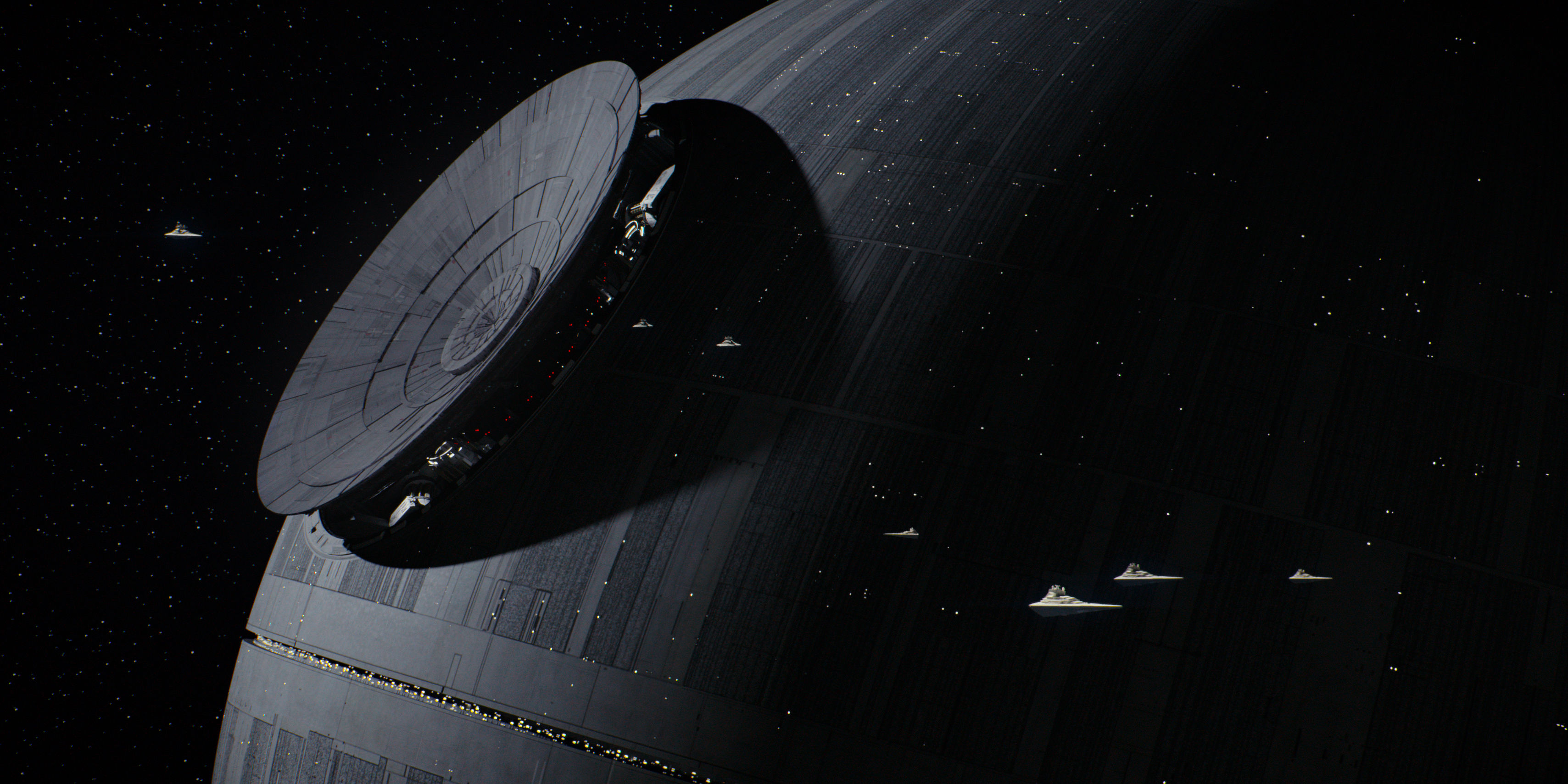
Gareth Edwards went back to the original film that inspired George Lucas, Akira Kurosawa’s The Hidden Fortress, to get his own inspiration. As a tribute to that film, Gareth has included the characters of a blind warrior named Chirrut Îmwe (Donnie Yen), and his sidekick Baze Malbus (Wen Jiang), a deadly assassin, that hearken back to Kurosawa’s characters of sidekicks who provide some occasional humor. R2-D2 and C-3PO were these characters in the original trilogy. And like any Star Wars film, you have to have a great droid. For Rogue One, we are introduced to K-2SO, voiced and motioned captured by Firefly’s own Alan Tudyk. K-2SO is a former Imperial droid who has been reprogrammed by rebel Cassian Andor (Diego Luna). He is very large and honest with no filter, providing many humorous scenes as he interplays with both Cassian and Jyn in an endearing way.
The film moves at a good pace, and is both more of a World War II style war film, as well as a heist thriller. There is no set up for future sequels (since the original film is the sequel), and so the cast and crew just go for making a solid film from start to finish. The film leads right into the moment before Star Wars: A New Hope begins, and has one of the most crowd-pleasing third acts of any past Star Wars film before it. Felicity Jones’ Jyn Erso gives us another strong female leader that has been a hallmark of past films, and the supporting cast of Whitaker, Mikkelsen, and Mendelsohn is especially strong.
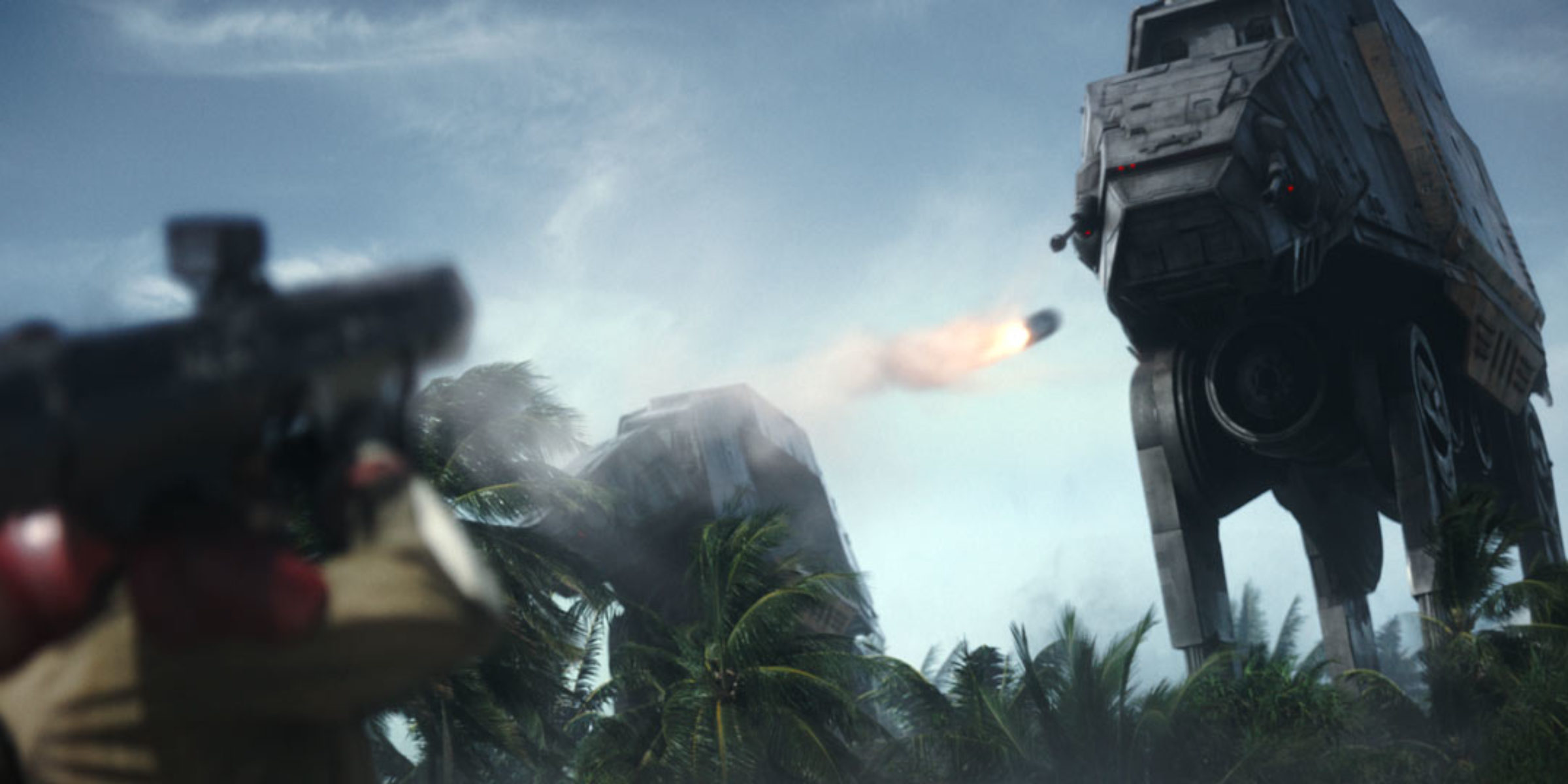
Michael Giacchino provides a new score that perfectly complements the original music of the Star Wars universe by John Williams. The cinematography is from Greg Fraser, who shot Zero Dark Thirty, and the different landscapes that he captures helps the world-building of the greater Star Wars universe while helping it feel both new and familiar. Gareth Edwards continues his use of hand-held cameras during some of the tighter battle scenes, as well as utilizing the larger Ultra Panavision 70 lenses (from Ben-Hur and last year’s The Hateful Eight), coupled with the latest digital camera, Alexa 65, which features 4 times the resolution. He uses these to great effect in a scene that plays off of the light and shadows of space to bring into view a large Star Destroyer ship in the foreground only to reveal something much more menacing in the background.
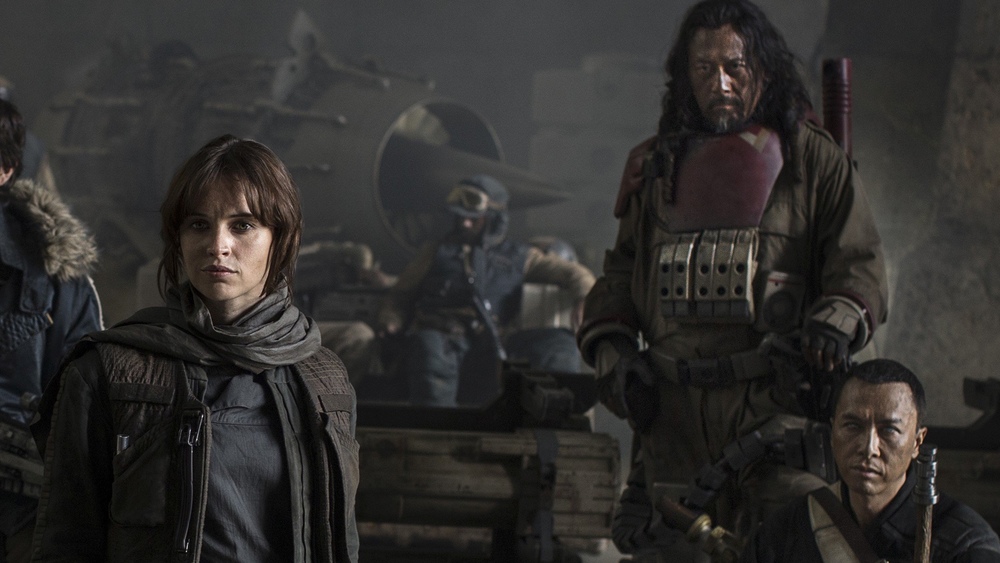
Rogue One: A Star Wars Story has done its job well. It has provided us a wholly self-contained story that exists in the Star Wars universe, that also serves the larger narrative of the “Saga”, and that blazes a trail forward for future films to follow while not losing any of the wonderful nostalgia and feel that The Force Awakens brought back. Mostly, it continues to drive demand for the next installment in the Star Wars Saga, and makes Disney’s desire for a Star Wars film every year to not seem that unreasonable. Gareth Edwards has set the bar high for future directors in the Star Wars universe, but like this film, the Force is strong with the Star Wars brand.
